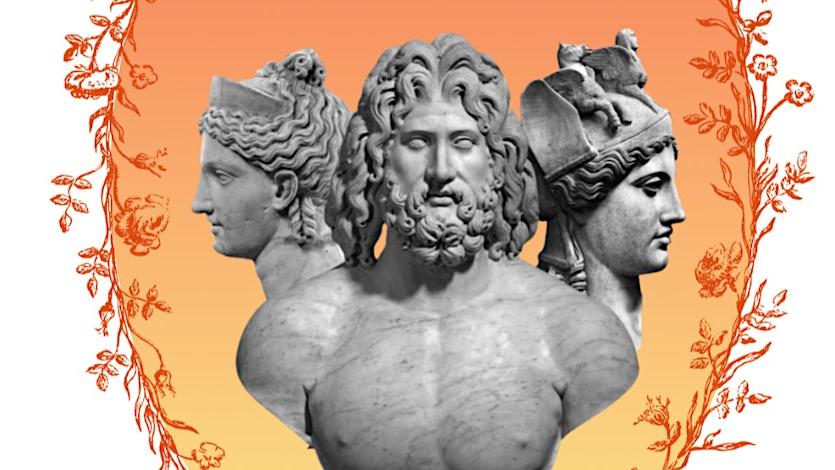
Conductor-harpsichordist | Ian Peter Bugeja
Leader | Sam Kennedy
Venus | Ella Taylor
Minerva | Joshua Elmore
Jupiter | Harry Grigg
It was previously thought that Domenico Sarro’s charming serenata La Contesa di Pallade e Venere (The Quarrel 'twixt Minerva & Venus) was written by Sarro to celebrate the marriage of Don Gregorio Pinto y Mendoza, Prince of Montaguto to Donna Cristina Malaspina, daughter of the Marquis of Fosdinovo & Gragnola in 1716. However, the serenata’s libretto does not confirm this hypothesis, since it does not contain any references to the wedding of the Prince of Montaguto; on top of this, the allegorical representation within it has nothing to do with a wedding, as it depicts a quarrel between Venus (Aphrodite) & Pallas (Minerva/Athena), with Jupiter (Zeus) in the unusual role of mediator. The references within the libretto, however, do lead us to Holy Roman Emperor Charles VI (1685-1740), Holy Roman Empress Elisabeth Christine of Brunswick-Wolfenbüttel (1691-1750), and Austria in general. Furthermore, given that the composition specifically refers to Elisabeth Christine’s pregnancy, but not to a birth (the name of the newborn is never mentioned), it is very probable that the composition can be placed between 1715 and 1716, after the announcement of the pregnancy but before the birth. The pregnancy and birth in question pertain to Archduke Leopold Johann of Austria (13/4/1716—4/11/1716), who was the last-born male descendant from the House of Habsburg and the only son & long-hoped heir of Charles VI; with his death at just seven months of age and his father Charles VI’s death in 1740, the Habsburg male line died out completely, and was succeeded by the House of Habsburg-Lorraine (originated by the marriage of Leopold Johann's sister Maria Theresa and Francis III Stephen, Duke of Lorraine) who ruled the Habsburg domains until their dethronement following World War I in 1918.
Conductor-harpsichordist | Ian Peter Bugeja
Leader | Sam Kennedy
Venus | Ella Taylor
Minerva | Joshua Elmore
Jupiter | Harry Grigg
It was previously thought that Domenico Sarro’s charming serenata La Contesa di Pallade e Venere (The Quarrel 'twixt Minerva & Venus) was written by Sarro to celebrate the marriage of Don Gregorio Pinto y Mendoza, Prince of Montaguto to Donna Cristina Malaspina, daughter of the Marquis of Fosdinovo & Gragnola in 1716. However, the serenata’s libretto does not confirm this hypothesis, since it does not contain any references to the wedding of the Prince of Montaguto; on top of this, the allegorical representation within it has nothing to do with a wedding, as it depicts a quarrel between Venus (Aphrodite) & Pallas (Minerva/Athena), with Jupiter (Zeus) in the unusual role of mediator. The references within the libretto, however, do lead us to Holy Roman Emperor Charles VI (1685-1740), Holy Roman Empress Elisabeth Christine of Brunswick-Wolfenbüttel (1691-1750), and Austria in general. Furthermore, given that the composition specifically refers to Elisabeth Christine’s pregnancy, but not to a birth (the name of the newborn is never mentioned), it is very probable that the composition can be placed between 1715 and 1716, after the announcement of the pregnancy but before the birth. The pregnancy and birth in question pertain to Archduke Leopold Johann of Austria (13/4/1716—4/11/1716), who was the last-born male descendant from the House of Habsburg and the only son & long-hoped heir of Charles VI; with his death at just seven months of age and his father Charles VI’s death in 1740, the Habsburg male line died out completely, and was succeeded by the House of Habsburg-Lorraine (originated by the marriage of Leopold Johann's sister Maria Theresa and Francis III Stephen, Duke of Lorraine) who ruled the Habsburg domains until their dethronement following World War I in 1918.

